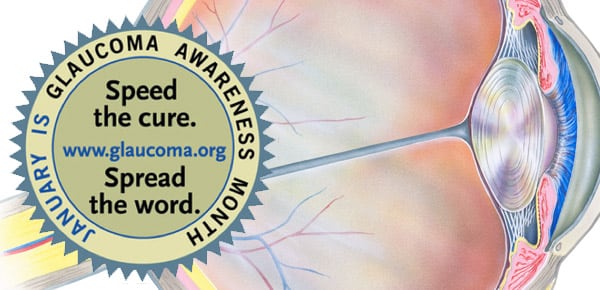


















January is National Glaucoma Awareness Month, the time of year when the Glaucoma Research Foundation seeks to raise awareness about “the sneak thief of sight”. Glaucoma, which is the number one cause of preventable blindness, affects more than 3 million Americans and more than 60 million people worldwide. It often arises with no immediate symptoms and goes undetected until a significant portion of the individual’s sight has been irretrievably lost. For this reason, the best way to prevent glaucoma is to get regular eye exams – which is a key focus of the awareness campaign.
Aside from the congenital form of glaucoma that affects infants, glaucoma is a disease that tends to affect older populations. Despite its generally appearing later in life, studies have shown that genetic factors are likely to play a role in the many forms of glaucoma with an increasing number of genes and their mutations being implicated as risk factors.
HGMD, the database of published inherited disease mutations, catalogs both the rare mutations associated with congenital glaucoma (>200 mutations in 5 genes) as well as mutations that may pose as risk factors for the more common forms including primary open angle glaucoma (>130 mutations in 20 genes). We’re proud that HGMD has been a resource used by researchers who are working to advance understanding of the causes of glaucoma as profiled in the following sampling of recent publications:
Whole exome sequencing identifies multiple diagnoses in congenital glaucoma with systemic anomalies
First author: LM Reis
CYP1B1 Mutations in Individuals With Primary Congenital Glaucoma and Residing in Denmark
First author: K Gronskov
Rare FOXC1 variants in congenital glaucoma: identification of translation regulatory sequences
First author: C Medina-Trillo